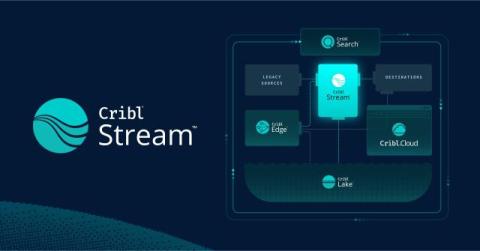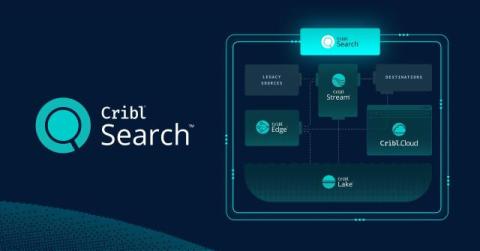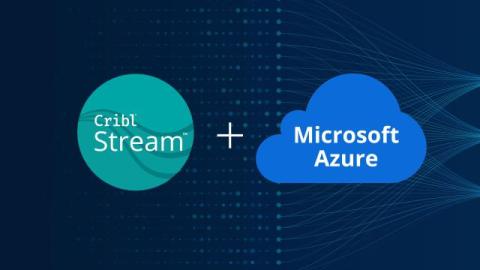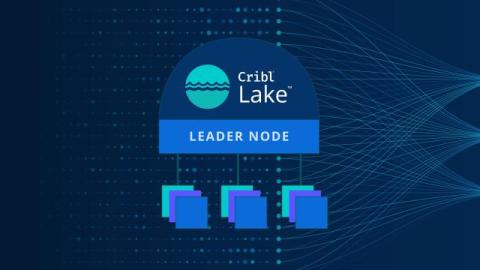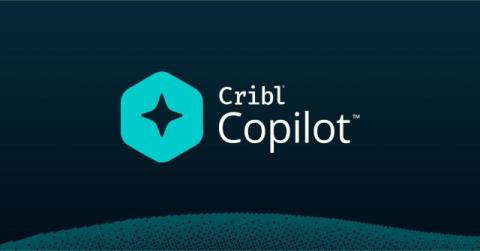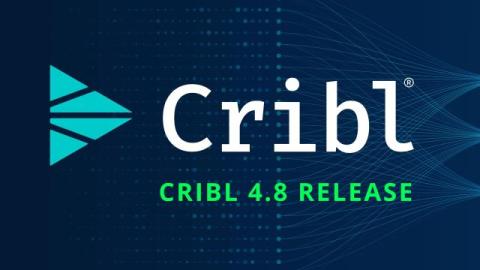Conquering Data Silos with Cribl: The Universal Receiver Makes Data Integration a Breeze
As a solutions engineer, I always handle the complex challenge of collecting IT and security data. The variety of modern ephemeral systems increases the complexity of collection requirements. Cloud, PCF, and Kubernetes emit metrics, logs, and traces through methodologies like Cloud Foundry’s Nozzle, Prometheus scrapers, and OpenTelemetry collectors. I often find all of these deployed in parallel in a single enterprise environment to meet the evolving needs of IT Ops or SecOps.



